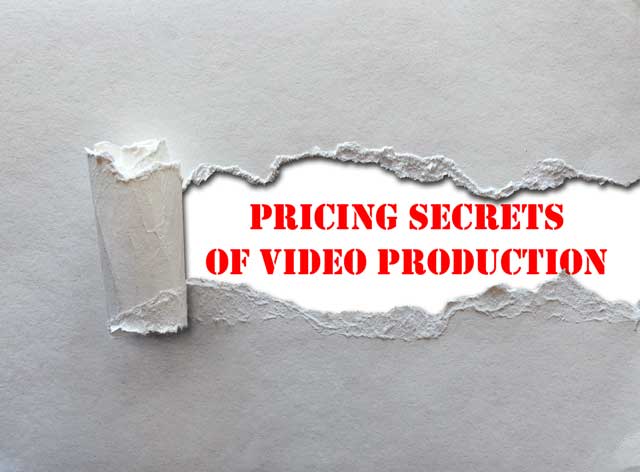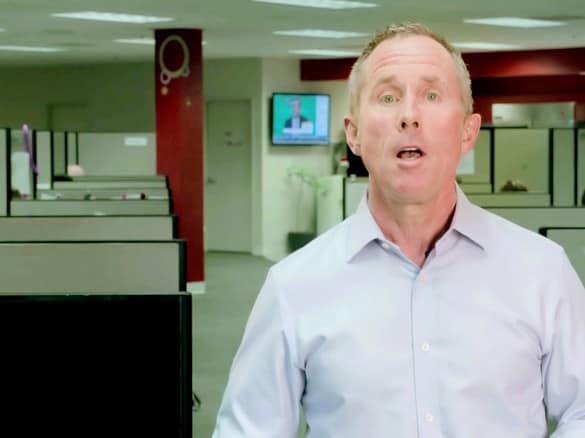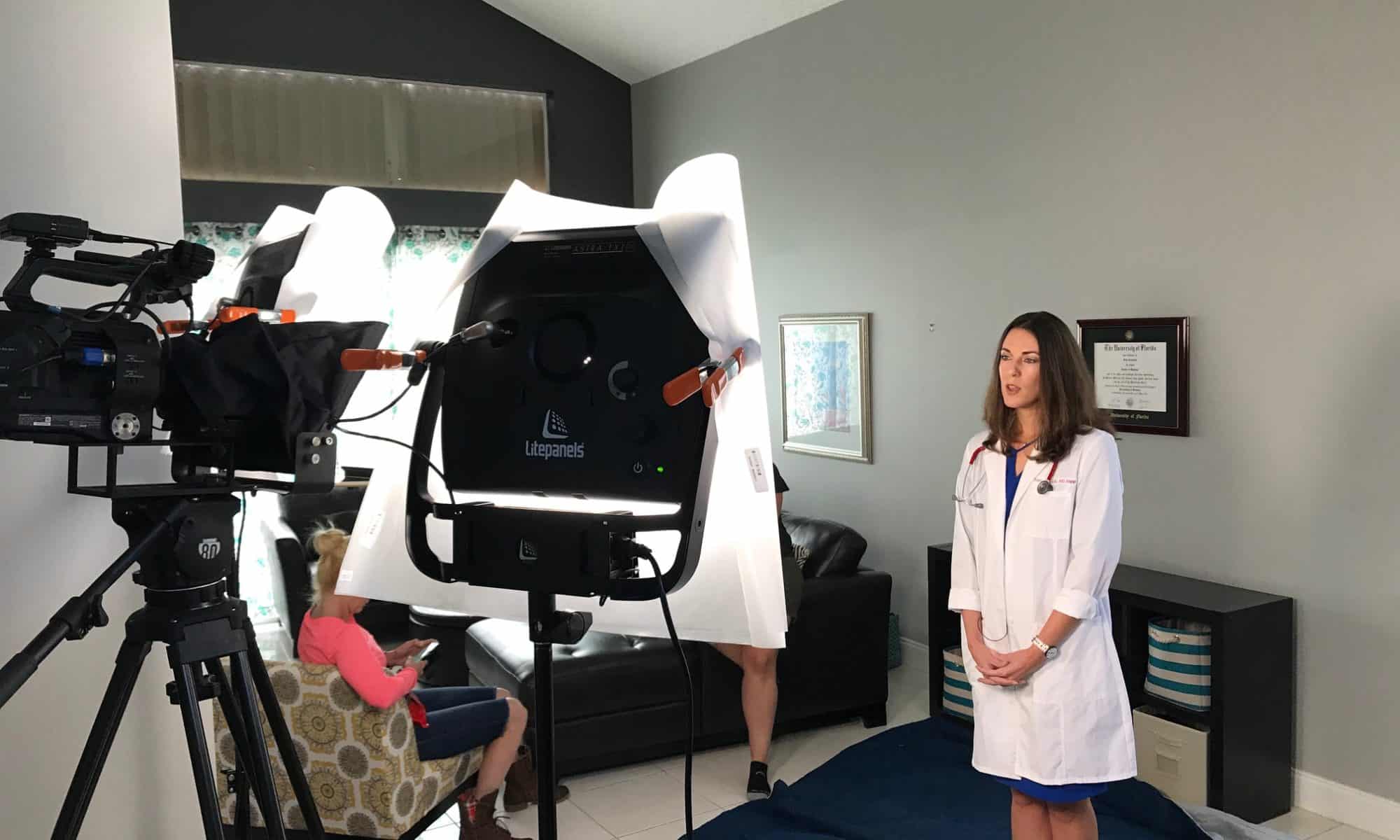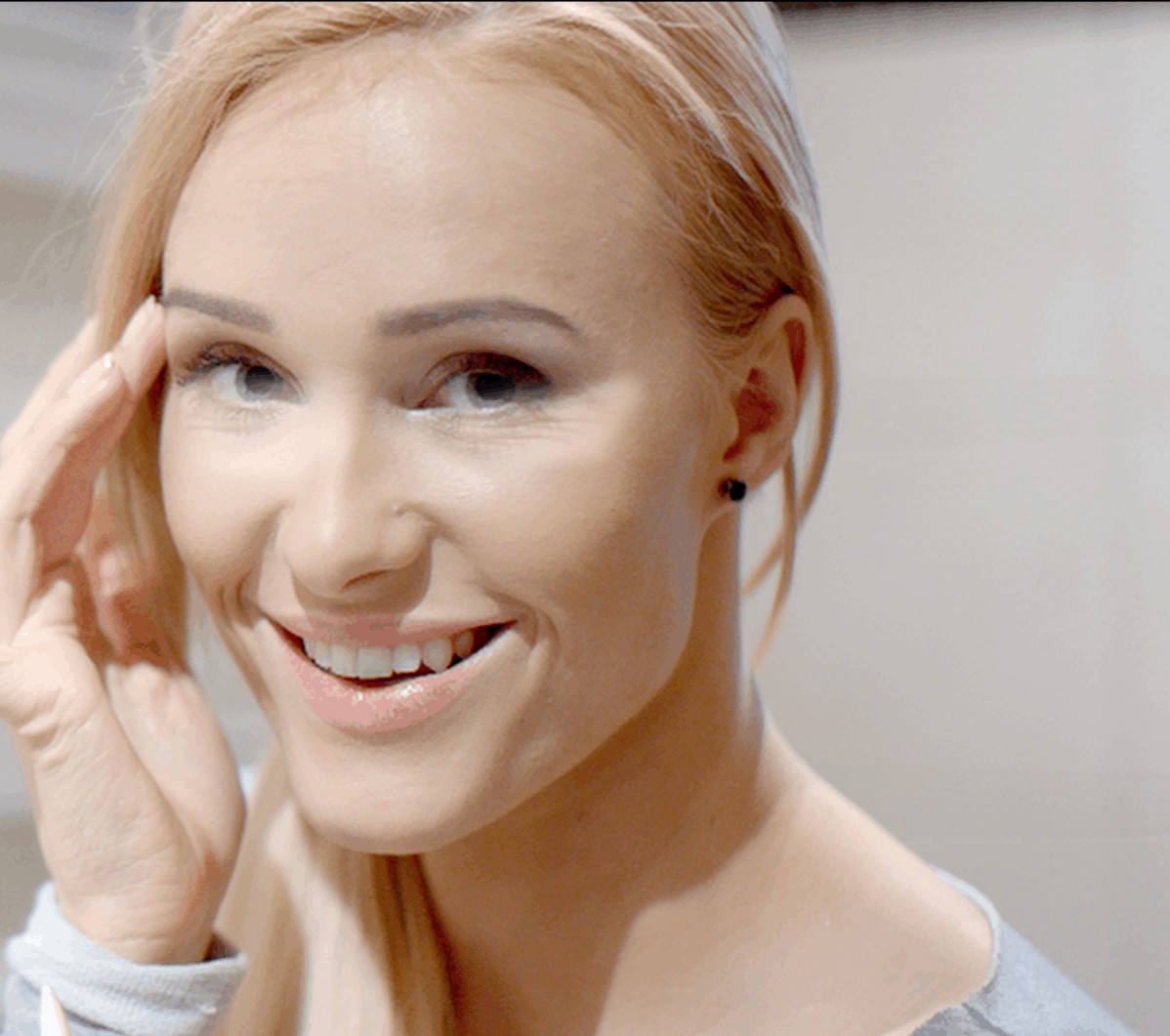You’ve decided to hire a crew to make your professional video. Your web development company has insisted you have it. They have some ideas of where and what they want, but you want to know, “Where should my video live on my website to get the greatest impact?”
When you create a professional video for your website, you want to think about where you are going to place it. Whether it will be hosted on YouTube, Vimeo, or your own site, knowing what to do with it is key. To answer the question of where to place it, we have a few questions we’d ask in return. First, what type of video are you creating? (If you’re not sure what type of video you should have, see the blog post titled What Type of Video Should My Business Have in 2018?) Next, why did you decide this is the video you wanted to create? You might have a little motivation as to why you’ve create this video, so help us understand that. Once we understand what video and why, we can help you better decide where to place it on your site. Here are a few options in terms of where to place your video(s) on your website:
- Home Page (Above the Fold). This might be a good place for video that doesn’t have music or speaking parts. Here’s an example of a website that uses video in the background above the fold.┬á The Yacht Company does a great job showing off yachts before you travel through the rest of the site. This is a simple video you should ask for when shooting video. You never know when your site might lend itself to a snippet like this.
- Home Page (Below the Fold). The types of videos that you use here are usually the About Us style videos. A recent client, HyDroneClean, created a short informational video about what they do and placed it on their home page (scroll down a little). When a potential client lands on a website, they tend to scroll a little bit anyway to see if they can learn more. Once they see a video, the play button beckons them to push it!
- About Us Page. Again, this is where you might find the About Us video. It features a story about the business and allows the viewer to better understand how they might benefit from working with the business.
- Testimonials Page. So many times businesses have written testimonials listed on their site, and that’s awesome. If you’re looking to kick up the value of the testimonials, a video testimonial is even better. Check out Credit Brain’s testimonials that we shot for them a while back. They have a dedicated web page on their site to feature these videos, telling us, a video is even more valuable than just the written words.
- Blog. Does your site have a blog? Has it been helpful to create content for Search Engine Optimization (SEO) results? That’s the number one way you can create great SEO results is to constantly create content. If you want to “level up” your blogging game, add video. There are several ways to do it. One option is to create videos based on what you wrote or write the blog based on what you say in the video. Another option is to feature a written blog about one topic linked to a video blog you created on YouTube. A great example of this is our video blogging site MyVideo101.com. This site is based on the YouTube Channel created by our very own Jennifer Jager. She blogs about all aspects of video and the blog is created based on what she shares on her YouTube Channel. Check it out.
These are just a few uses of a video. Where you place them is based on it’s purpose and expected outcome. If you expect people to call you after viewing the video, the best types of video are the Testimonial and About Us videos. If you want people to better understand what you do in a short amount of time, an About Us video is your best bet. Finally, when you have a need for improved SEO, consider a video blog (with a written portion to ensure all the search engines find you).


















